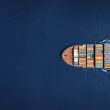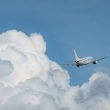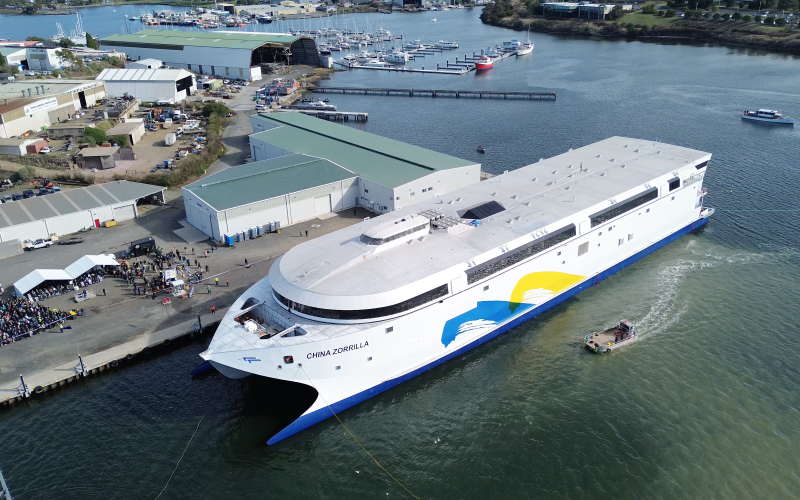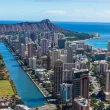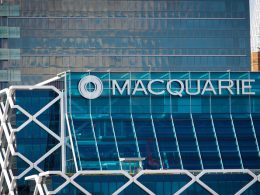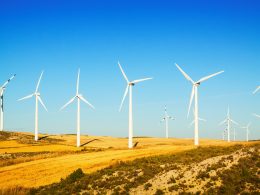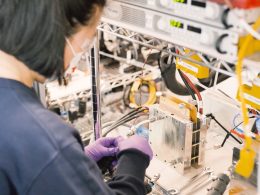In a defining moment for the global shipping industry, Australian shipbuilder Incat today launched the world’s largest battery-electric vessel—Hull 096—in Hobart, Tasmania. Heralded as a major breakthrough in zero-emission transport, the 130-metre ferry marks a bold leap forward in the decarbonisation of maritime travel.
Built for South American ferry operator Buquebus, the 130-metre vessel will run exclusively on battery-electric power, transporting up to 2,100 passengers and 225 vehicles between Buenos Aires and Uruguay across the River Plate. It is the ninth Incat vessel commissioned by Buquebus and represents a long-standing collaboration between the two companies.
“This is a historic day—not just for Incat, but for the future of maritime transport,” said Incat Chairman Robert Clifford. “Hull 096 is the most ambitious, complex, and important vessel we’ve ever delivered.”
The launch drew praise from political and industry leaders. Tasmanian Premier Jeremy Rockliff commended the project as a showcase of local innovation: “Incat epitomises Tasmanian excellence, strengthening our global reputation while supporting local jobs and our economy.”
Buquebus President Juan Carlos López Mena reflected on the project’s origins, noting that Hull 096 was originally planned as an LNG-powered vessel before being redesigned as fully electric. “It’s a milestone born from a shared commitment to sustainability and innovation,” he said.
The ship features over 250 tonnes of batteries and an energy storage system with more than 40 megawatt-hours of installed capacity—four times larger than any previous maritime installation. The system, developed in partnership with Wärtsilä, powers eight electric waterjets and sets a new standard in low-emission marine transport.
Roger Holm, President of Wärtsilä Marine, described the launch as a landmark moment: “Ferries are critical to sustainable transport networks, and ship electrification is a key solution for achieving net-zero goals.”
“This isn’t just a ship—it’s a demonstration of what’s possible,” said Incat CEO Stephen Casey. “Hull 096 shows that large-scale, zero-emission transport solutions are no longer concepts of the future—they’re here today.”
Final fit-out, including the installation of a 2,300 square metre duty-free retail deck—the largest of its kind on any ferry—will continue in the coming months, with sea trials set to begin later this year on the River Derwent.
Described as one of the most significant single export items in Australian manufacturing history, Hull 096 positions Tasmania and Australia at the forefront of global maritime innovation.











